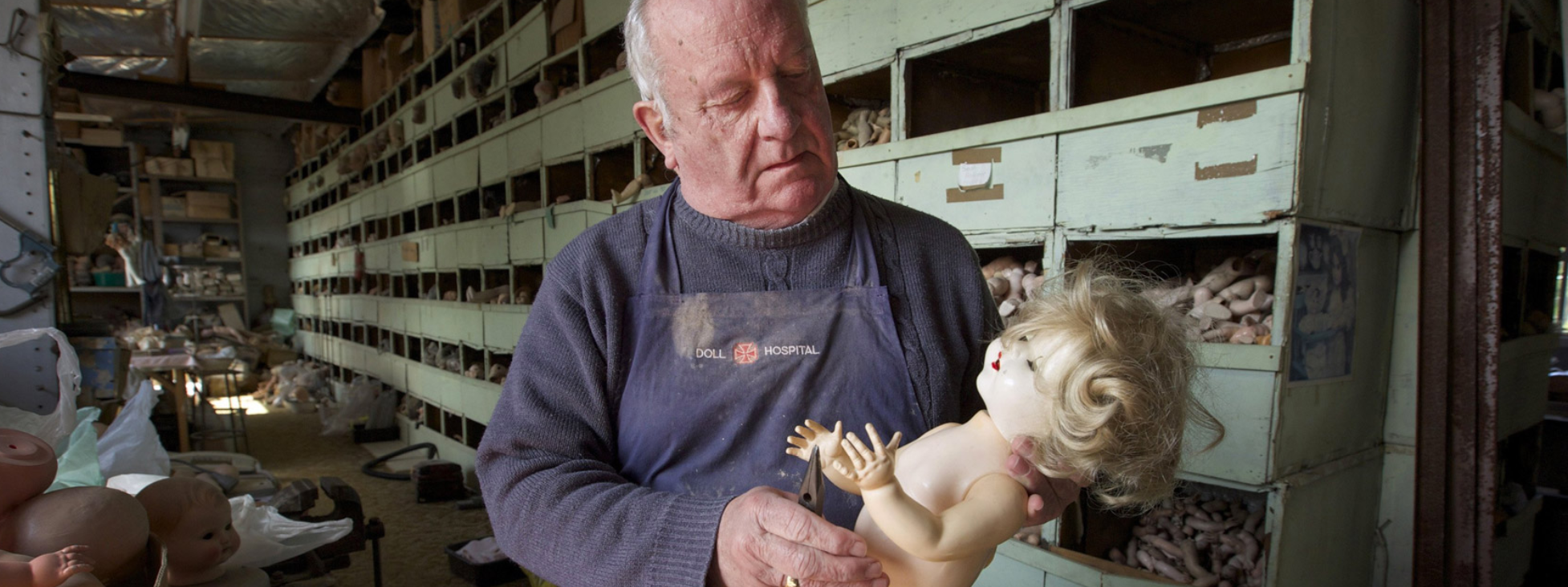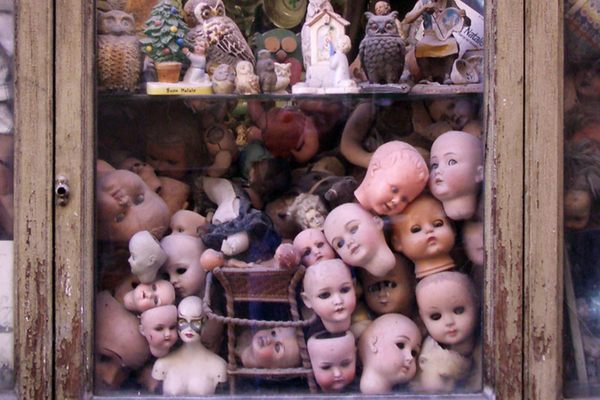Inside the 185-Year-Old Portuguese Hospital for Dolls
The Praça da Figueira or” Square of the Fig Tree” in Lisbon, Portugal is a bustling place filled with shops, hotels, and cafes. But tucked near one of its corners is a very special shop that is easy to miss: Hospital de Bonecas, also known as the Dolls Hospital.
Established in 1830, the Hospital de Bonecas has been fixing broken, dirty, and disheveled dolls for 185 years. It’s far from the only hospital of its kind—there are hundreds of doll hospitals around the world—but it’s definitely one of the oldest. It seems that even in an age of disposable and mass produced merchandise, people still have special relationships with their dolls. How can you throw away a friend, after all? And the Hospital de Bonecas clientale is primarily adults. Many older customers in their 50s and 60s come to have a beloved doll from their childhood give a new life.

 Rome’s Doll Hospital - Ospedale delle Bambole
Rome’s Doll Hospital - Ospedale delle Bambole
At another well-known doll hospitals, “un’ospedale delle bambole” in Rome, Federico Squatriti and his mother Gelsomina sit in a minuscule workspace and help nurse ailing dolls back to health. In Sydney, Australia the “Original Doll Hospital” was started back in 1913 and says it has has healed over two million dolls.
 Sydney’s Original Doll Hospital
Sydney’s Original Doll Hospital
Many famous doll companies from American Girl dolls to Madame Alexander dolls have specialized doll hospitals. In Cleveland, Georgia Babyland General goes one step further. Both a store and museum of the famous 1980s Cabbage Patch Doll, it has doll delivery unit complete with nurses and doctors in full scrubs. During a “delivery” it is announced that the mother cabbage is fully dilated but will need “10 CC’s of imagicillin, stat!” to deliver the new Cabbage Patch baby.
However Babyland General, has nothing on the fast growing doll movement of “Reborning.” In this process a standard vinyl doll is painted, sculpted, and transformed to look as much like a real human baby as possible, often in honor of a child who died. Also known as “unliving dolls,” the customers are almost all adults who are willing to pay many of thousands of dollars for an incredibly lifelike human replica.
The dolls are so realistic there have been a number of incidents where the police have smashed windows to rescue a Reborn doll from cars in order to rush them to the hospital only to find they were a doll. (Of course, the police could have taken the Reborn doll to a hospital, just not the one they were thinking of.)
























Follow us on Twitter to get the latest on the world's hidden wonders.
Like us on Facebook to get the latest on the world's hidden wonders.
Follow us on Twitter Like us on Facebook